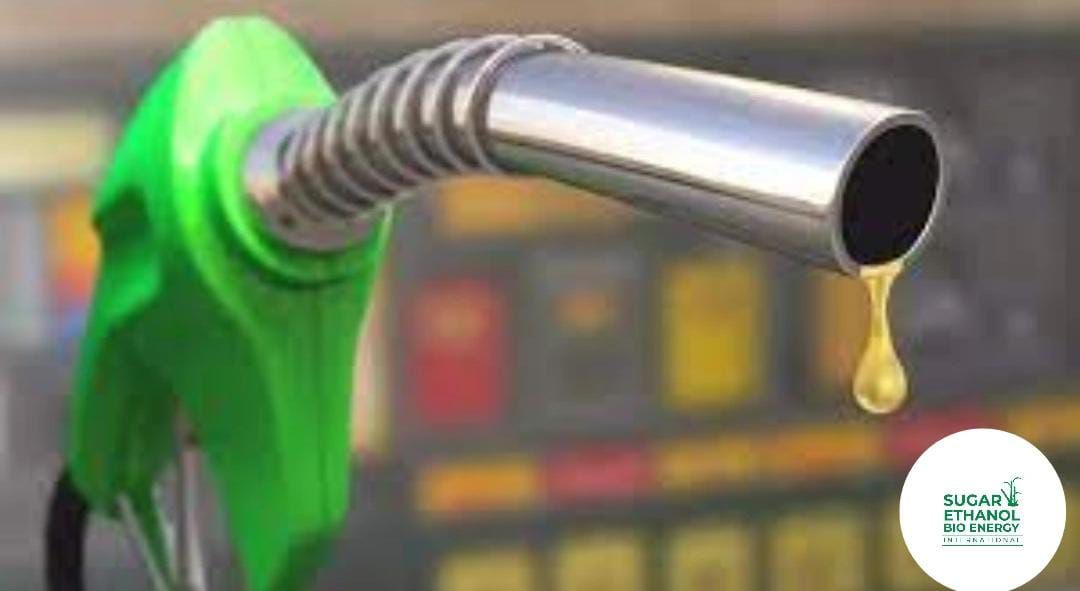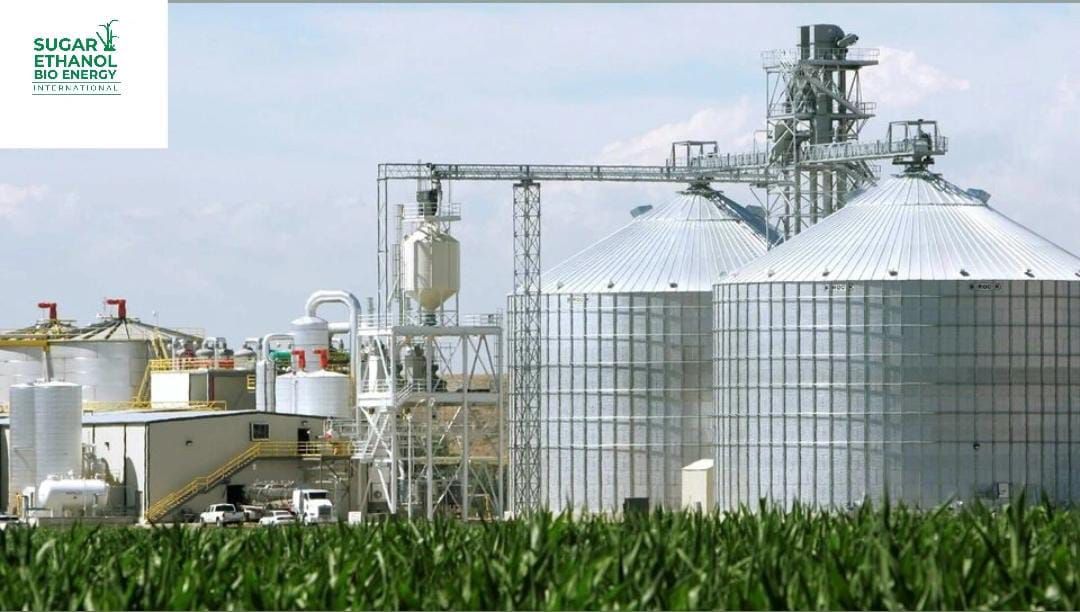
According to a recent article, India is projected to consume 8 billion liters of ethanol by 2025. The projection comes from the Executive Director of the International Sugar Organization. This substantial increase in ethanol consumption is aligned with India’s efforts to blend more ethanol into petrol and reduce reliance on fossil fuel imports.
India has set a target of achieving 20 % ethanol blending in petrol (often referred to as “E20”) by 2025 under the Ethanol Blended Petrol (EBP) programme. To meet the E20 target, it is estimated that India will need ~10 billion liters (or more) of ethanol in the relevant supply‑year. India’s ethanol production capacity has been increasing—for instance, from ~518 crore litres in 2017‑18 to ~1,623 crore litres by August 2024 (1 crore = 10 million) under relevant programmes.
The blending of ethanol is part of broader goals: reducing fossil fuel imports, lowering CO₂ emissions, supporting farmers (especially sugarcane, grains) and promoting domestic bio‑fuel industry.
Reduced crude oil imports: Using ethanol blended fuel means less pure petrol needed. Environmental gains: Higher ethanol blends can reduce carbon emissions and improve air quality. Agricultural and industrial boost: Ethanol feedstocks (sugarcane‑molasses, grains) create demand for rural/agri sectors. Energy security: Diversification of fuel sources helps reduce dependency on imported oil.
Feedstock availability: To ramp up to billions of liters, sufficient sugarcane/areas for grain‑based ethanol must be stable. Production capacity vs demand: While capacity has grown, matching the required volume for full E20 rollout is non‑trivial.
Food vs fuel concerns: The use of food grains (rice, maize) and diversion of crops may raise food‑security issues. Infrastructure & vehicle compatibility: Ensuring fuel retail outlets are ready with E20, vehicles are compatible, and supply chains supported. Economics: Pricing of ethanol for OMCs (Oil Marketing Companies) and cost of feedstocks can impact profitability.
The projection of 8 billion liters by 2025 underscores India’s commitment to its ethanol blending goals and bio‑fuel transition. However, given other sources that estimate ~10 billion litres required for full E20 in the supply year, the 8 billion figure may reflect a conservative or milestone estimate rather than full target attainment. The actual outcome will depend heavily on scaling up production capacity, ensuring feedstock supply, and aligning vehicle/fuel infrastructure.



